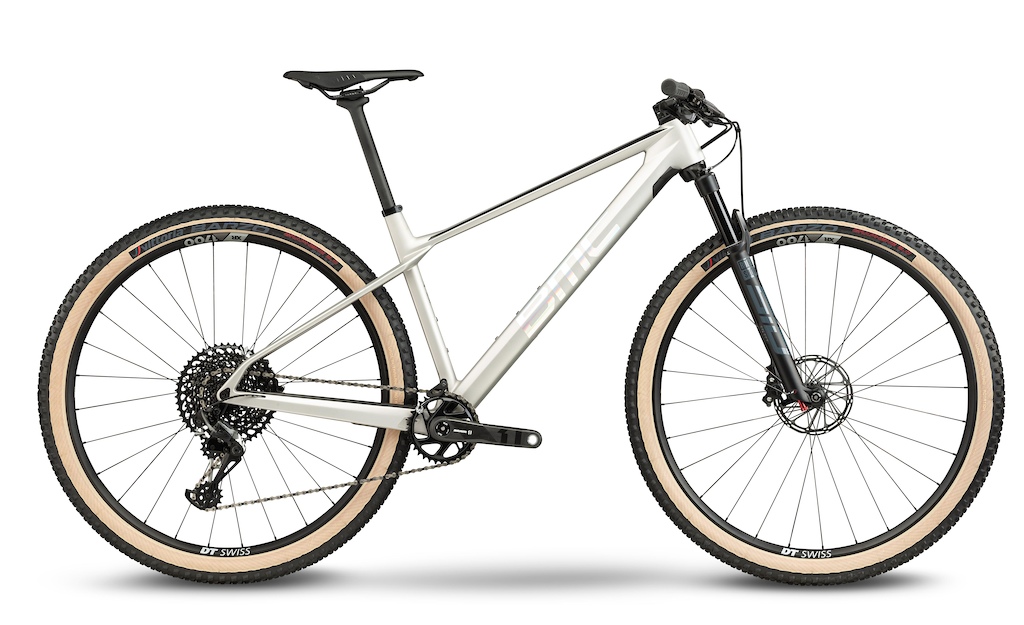hifiandmtb
Sphincter beanie
TF.The tubes of the carbon Twostroke were designed with comfort in mind – the thin seat stays and the D-shaped seat tube are meant to provide extra compliance in rough terrain. None of the complete models come with a dropper post, but there is a shim that makes it possible to run a round 27.2mm seatpost. Claimed weight for a size medium carbon frame is 1037 grams.

